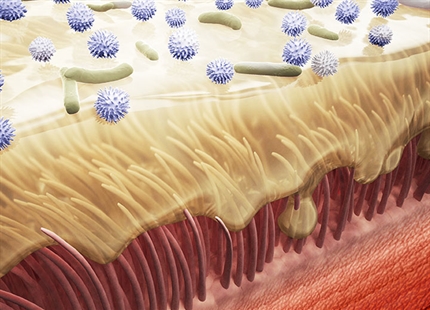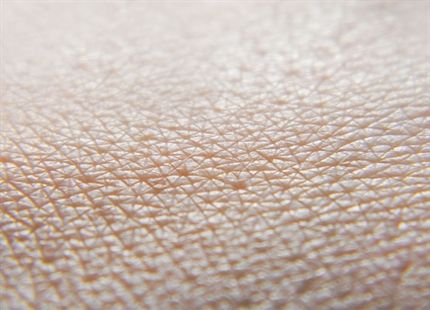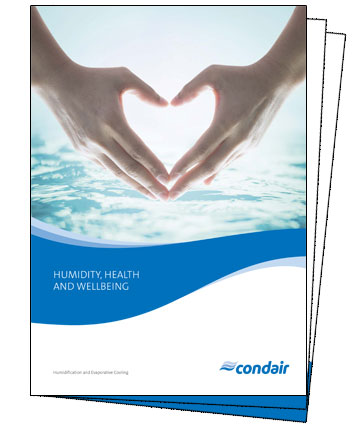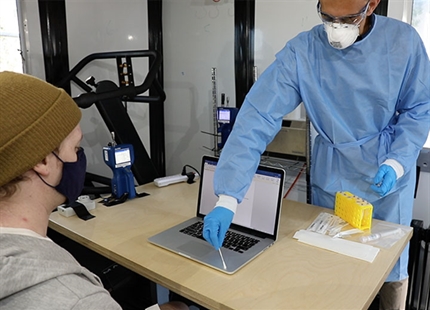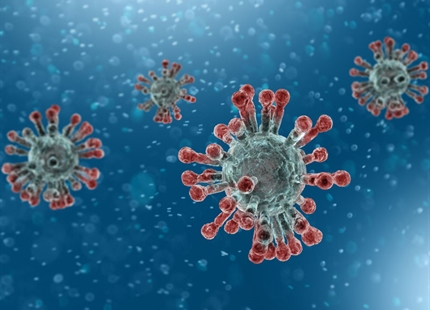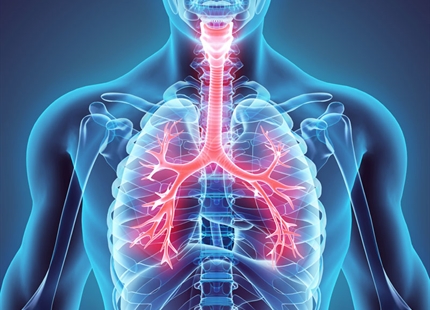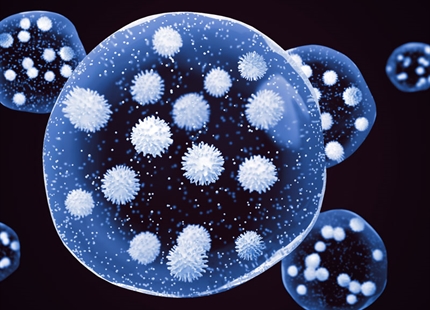Published: Feb 1948 | J Exp Med. 1948 Feb 1;87(2):87-101
The lethal effects of relative humidity on air-borne bacteria
Dunklin EW, Puck TT
Abstract
The viability of three species of bacteria (pneumococcus type I, staphylococcus albus and streptococcus haemolyticus) nebulized from a suspension, was measured in a climatic chamber with adjustable different relative humidity levels and temperature.
Relative humidity had a striking effect on the decay rate! Decay rates peaked in the vicinity of 50% for all three bacteria, most significant for pneumococci (see graph).
The decay rate was strongly influenced by the properties of the suspension. Bacteria suspended in broth, 0.5 percent saline solution or human saliva showed a sharp peak in death rate around 50% RH, while bacteria suspension of sodium-free water didn’t show this pattern.
The authors made additional observations and drew some potentially crucial conclusions in view of infection prevention, which haven’t been scientifically proven over the past 50 years:
- relative humidity in the midrange of 40 to 50%, might be protective against microbial infections
- by adding vapour to an airborne suspension of dried out pneumococci, the bacteria became inactivated after having survived the desiccation procedure.
authors hypothesized that increasing concentration of solutes, especially sodium chloride, by evaporative water loss is causal for the decay of bacteria. In intermediate humidity between 40 and 60%, quote: “moisture content reaches a critical degree at which a bacterial cell becomes much more susceptible to toxic agents than when it contains either more or less water”.
Quote: “The most striking fact revealed by these tests was the demonstration of the existence of a narrow range of relative humidity in the vicinity of 50 per cent which is rapidly lethal for microorganisms freshly sprayed into the atmosphere from a broth suspension”.
Scientific studies main menuDry air and airborne infection
Low humidity acts as a conduit for viruses and airborne bacteria to disperse and travel around a building and threaten all occupants.
Read moreDry air and our airway defence system
Low humidity dries our mucous membranes and inhibits our body's natural defence against airborne germs, viruses and bacteria.
Read moreDry air and our skin
Low humidity dries the outer layer of our skin leading to itchiness, cracking and dermatological problems.
Read moreDry air and our eyes
Low humidity dries our eyes' precorneal tear film making us prone to eye irritations and contact lens discomfort.
Read more

